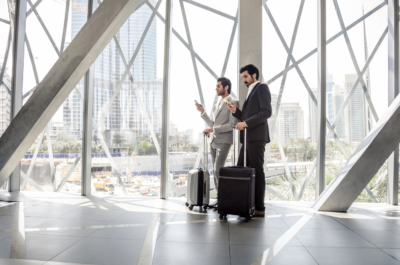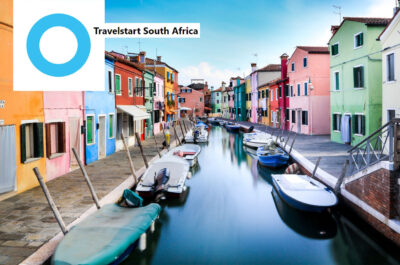When asked if they activate international roaming when going abroad, travellers are winning the war against excessive roaming fees by purchasing a local sim card at their destination (25%), only connecting using free Wi-Fi (21%) and activating SMS services only (19%).
CAPE TOWN – Most South Africans travel with a smartphone, however, 92% say the international roaming charges meted out by local network providers are too expensive according to Travelstart’s “cellphones in travel” research, released last Thursday.
A group of more than 4,000 weighed in on everything from their favoured service provider and international roaming, to how they use their mobiles while travelling and flight mode.
Despite vast dissention towards the roaming charges of major cellphone networks such as Vodacom, MTN and Cell C, the report shows the majority of SA’s travelling public own data devouring smartphones, with Samsung, iPhone and Blackberry being the top 3 most popular devices respectively.
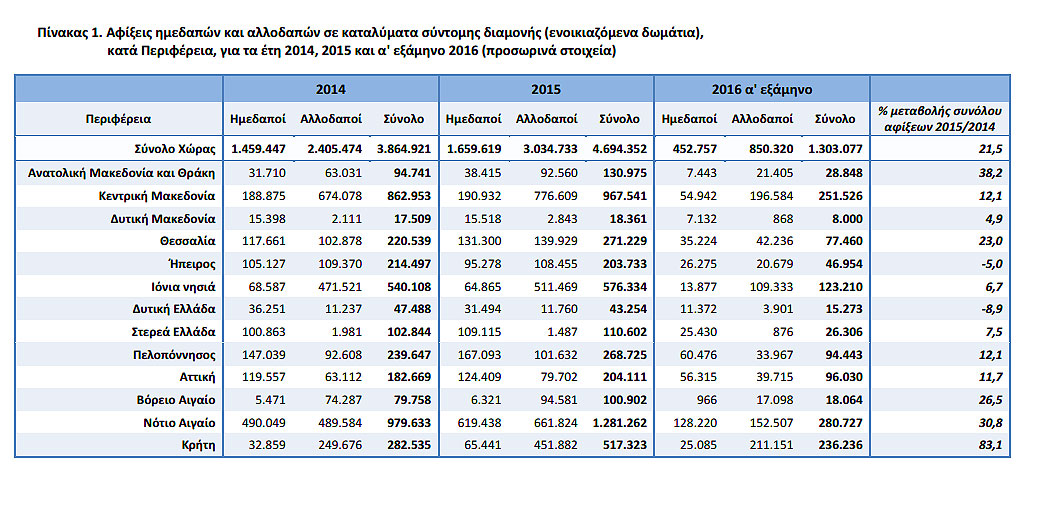

When asked if they activate international roaming when going abroad, travellers are winning the war against excessive roaming fees by purchasing a local sim card at their destination (25%), only connecting using free Wi-Fi (21%) and activating SMS services only (19%). A further 7% say they prefer to switch off completely; however, 21% will activate all services when travelling abroad including voice calls, data and text messaging.
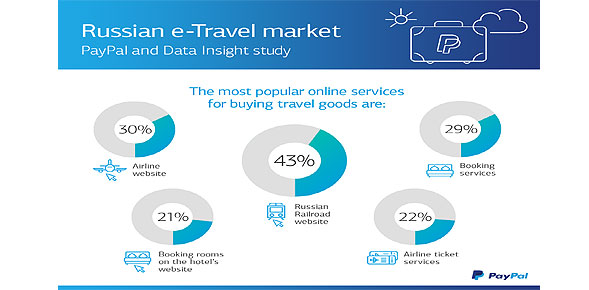
The survey homed in on how travellers are using their mobile phones overseas. Staying in touch (via voice call, SMS, instant messaging services and email) factored into the top eight most widespread uses, while social networking and photography were the second and third most common practices.
- Staying in touch (voice calls, SMS, instant messaging services and email) – 77%
- Photography – 58%
- Social networking – 31%
- Using a map app such as Google Maps – 30%
- Checking in (using a service such as Facebook or Foursquare) – 13%
- Checking reviews/recommendations for activities/restaurants (TripAdvisor, Yelp, Zomato etc.) – 11%
- Finding hotels, flights etc – 10%
- Consulting travel guides – 5%
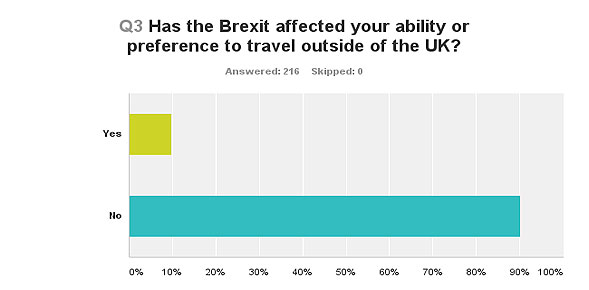
15% admit to using their cellphone to take photographs in prohibited areas such as airport security/immigration, religious sites, political buildings, and museums. Respondents in the 18 – 24 age group are twice more likely to use their cellphones camera to take pictures in a banned area than the 51 – 60 age group, while male travellers (17%) are only slightly more probable candidates to knowingly commit photography related offences than female travellers (13%).
“Mobile phones have opened the door for covert photography and more people are taking photos in public places than ever before. As a tourist you can assume its ok to take photographs in a public space unless it’s expressly signposted somewhere that you can’t. Tourists should be sensitive and assess the environment before taking photographs. The general rule is that if you can see it you can shoot it,” Travelstart spokesman Russell Jarvis said. “However, there are many exceptions to the rule; for example, photography on clearly marked private property can be considered trespassing, while some places, although public, it is not legal to take photos.”
The amount of passengers who don’t switch their switch cellphones off when they fly (2%), or just engage flight mode for the duration of the trip (28%), also stood out in the survey. The South African Civil Aviation Authority restricts the use of cellphones in flight, with most local carriers allowing flight mode after takeoff and before landing only; otherwise the devices are required to be switched off completely. The issue of mobile phones onboard aircraft is an ongoing pain point for passengers and crew alike; this follows a Travelstart survey run in 2013 which found that up to 15 phones are left on during every flight.
Thirty-one percent of respondents are comfortable using their cellphone to book and pay for flights. Mobile check-ins are marginal with only 2% preferring an airlines mobile site or app over traditional methods such as online check-in (45%), counter check-in (43%), self-service (9%), and curbside (1%).
Theodore is the Co-Founder and Managing Editor of TravelDailyNews Media Network; his responsibilities include business development and planning for TravelDailyNews long-term opportunities.















